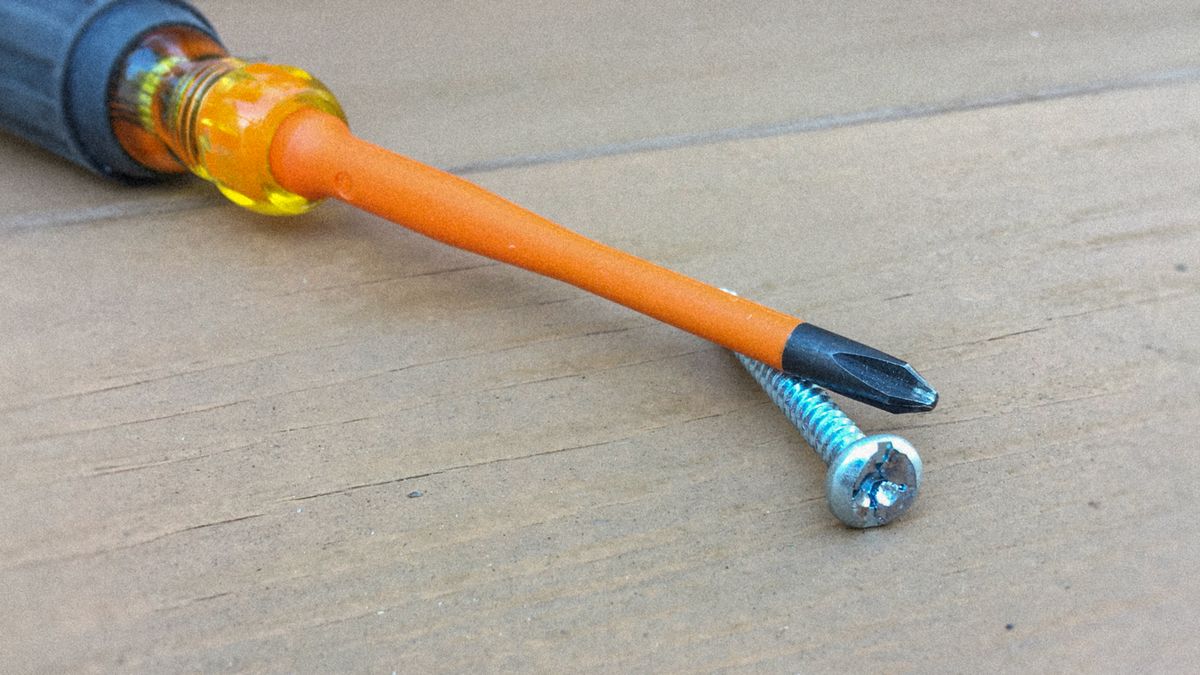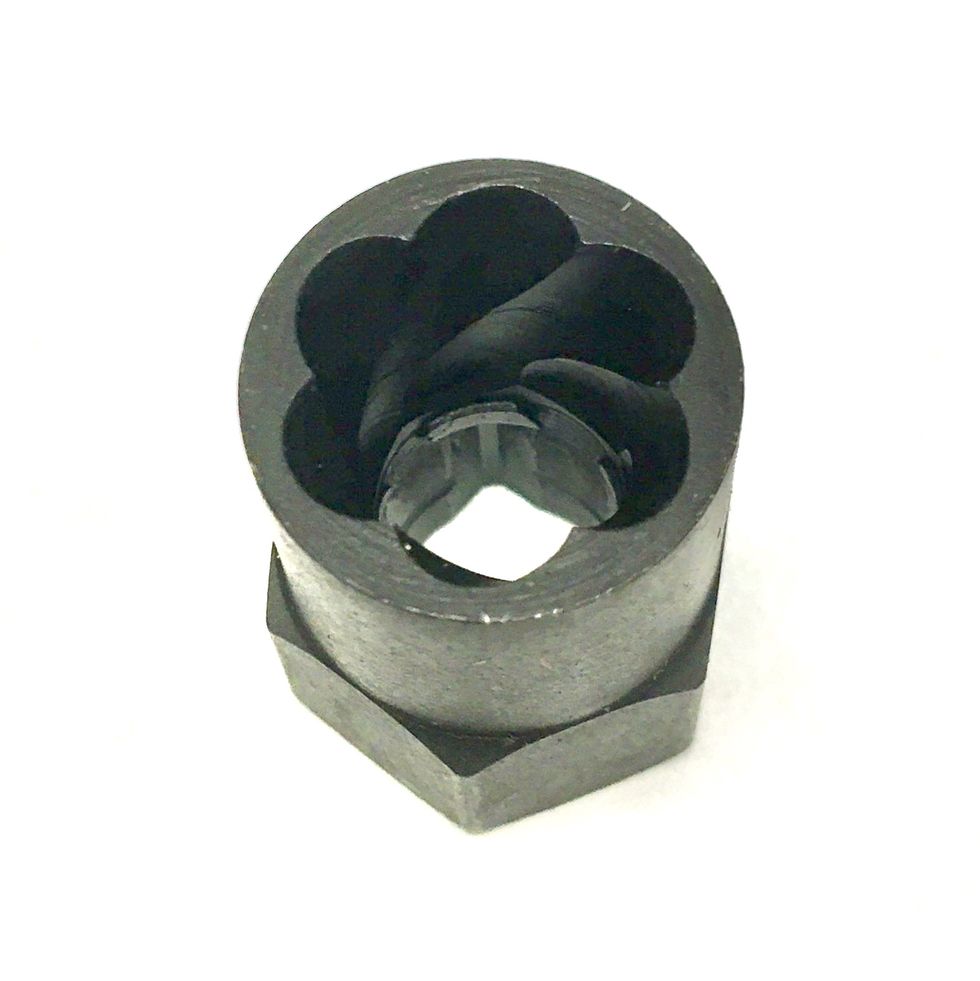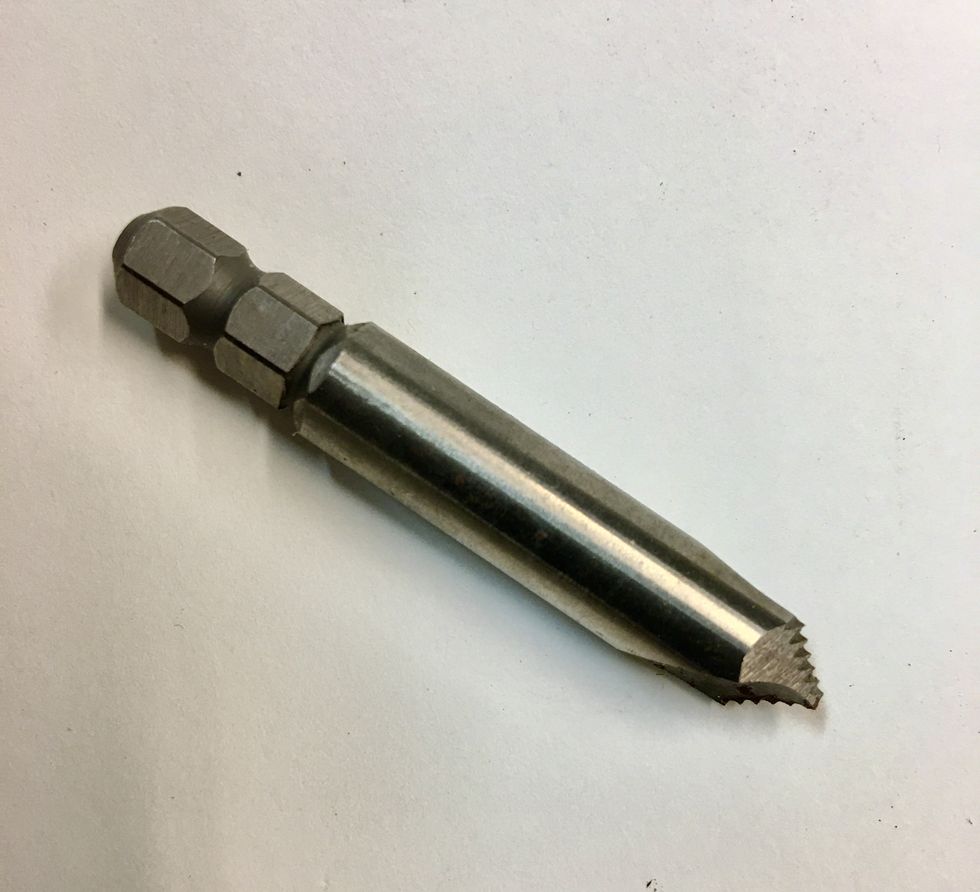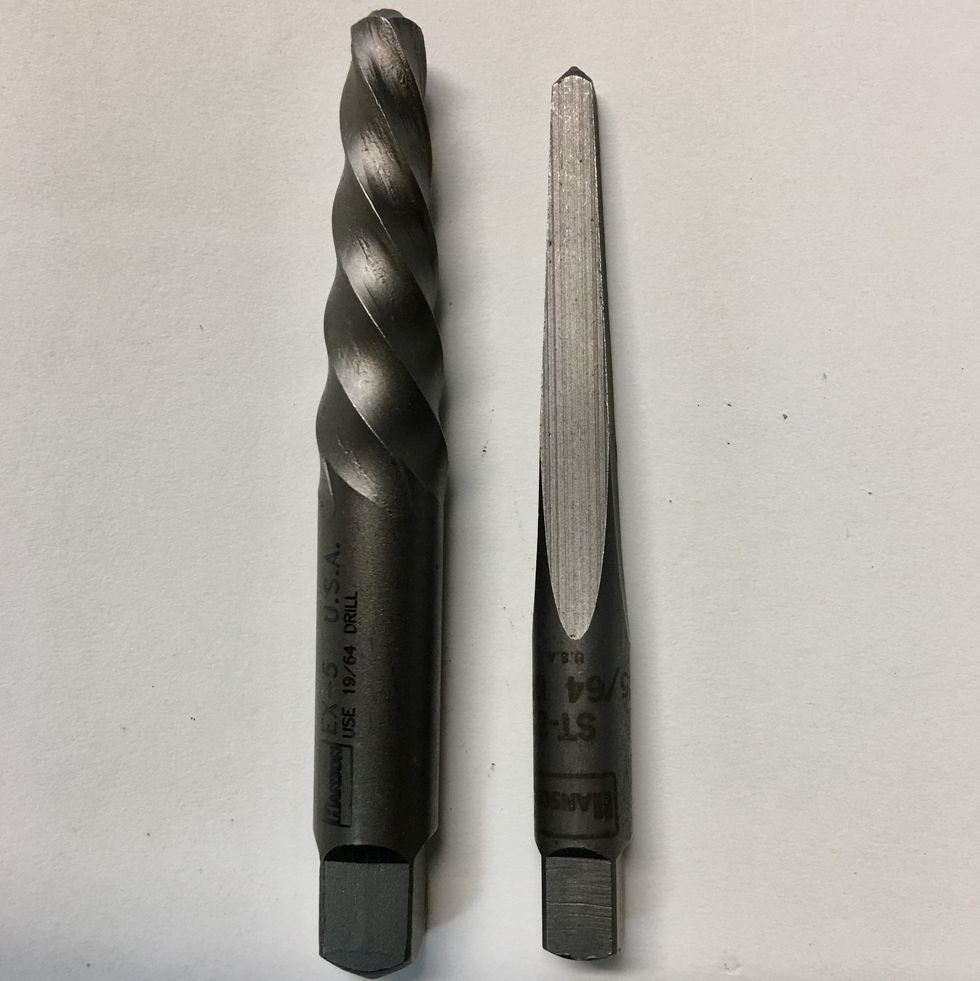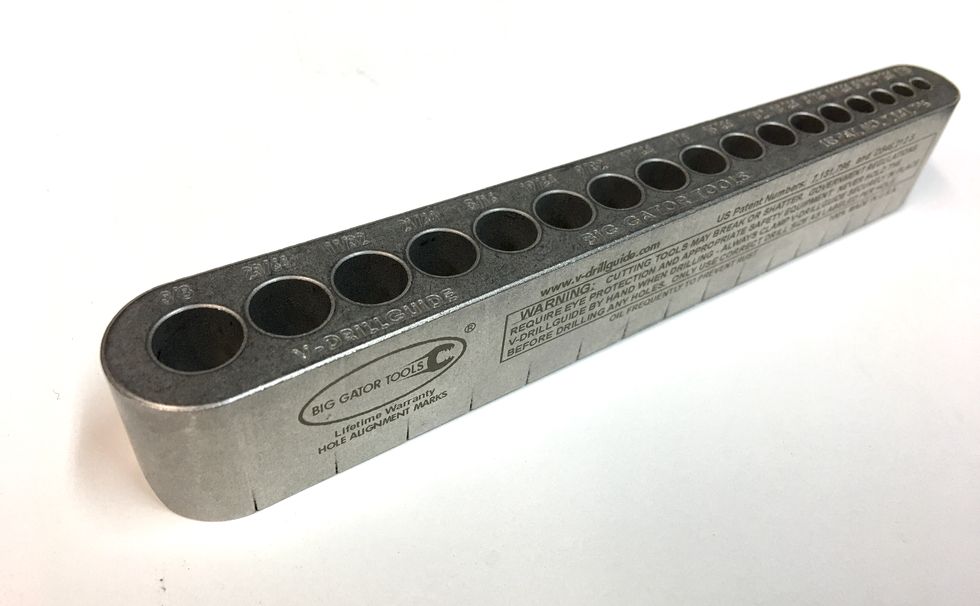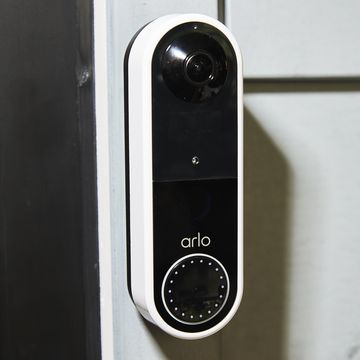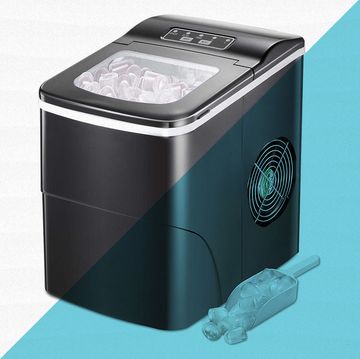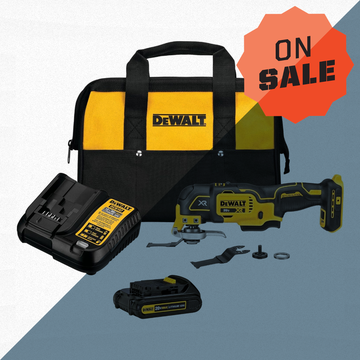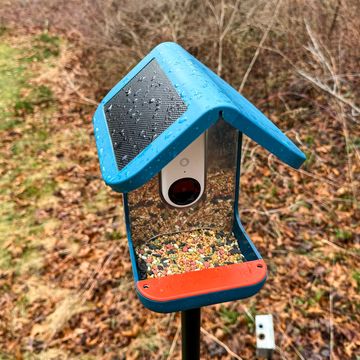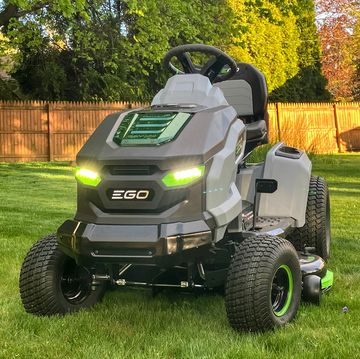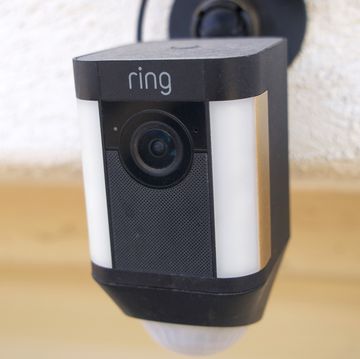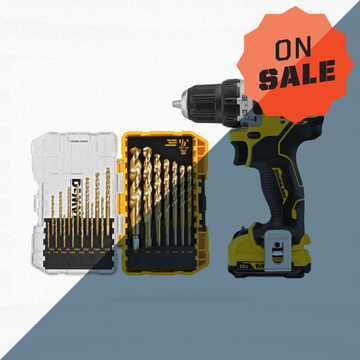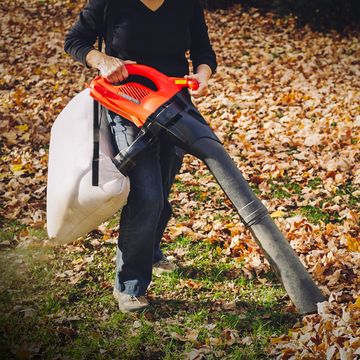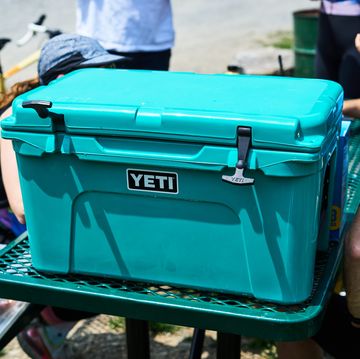Few things will try your patience the way a stripped screw or bolt can. It seems almost axiomatic. The closer you get to completing a project, the more likely you will be to run into one. Or for that matter, it can seem like before you can even get up some momentum, disaster strikes when the first screw or bolt strips. Or its head flies off. You may behead a bolt so violently in trying to remove the thing, you may go flying too. And then you’re left wondering how to remove that stripped screw or bolt.
You might be laughing when you read this, but surely you weren’t the last time this happened to you. And it will happen again. Reach for the proper extracting tools and set about the methodical work of removing the stripped screw or bolt. Getting the upper hand in these situations is satisfying. You can get so good at it, you almost look forward to the challenge. Here’s how.
The Basics
In the simplest terms, there are two ways to deal with a stripped screw, and it all depends on whether its head is above the surface of the material into which it’s driven. If it is, and you can get a grip on it, then you opt for an external removal method. Either grip the screw or bolt head with a pair of locking pliers or use a socket specifically designed for extraction. Twist the thing out, and you’re done.
If the head of the screw is set deep, if the fastener’s head has snapped off, or if the head is so severely rounded that not even locking pliers can grip it, you’ll have to employ an internal removal process. You drill into the damaged fastener and go from there.
We explain all this in greater detail below. But first, here are some of the best tools for the delicate and not-so-delicate work of removing stripped screws.
Great Extracting Tools
- Locking pliers: Malco Eagle Grip LP10WC
- Locking pliers with twist ring: Milwaukee 48-22-3422
- Tapered straight-flute (hammer-in) extractor set: Irwin 5362
- Square-drive bit for small wood screws: Bosch R1 SQ1301
- Ball-peen hammer: Estwing 16-Ounce
- High-speed cobalt alloy twist drills: Irwin 3018002
- Center-finding drill bits: Warrior 5-piece set
- Bolt-extractor sockets: GearWrench Bolt Biter 84782
- Drift pin set: Mayhew Pro 62080
How to Remove Stripped Screws With Exposed Heads
If you can grip the screw head or bolt, do so with a pair of locking pliers. Our preferred pliers are these Eagle Grips by Malco. These U.S.-made pliers provide a ferocious grip on whatever you lock onto. Another good choice is Milwaukee’s locking pliers. Insert a stout screwdriver through the twist ring in the handle of the pliers and turn to produce tremendous locking force.
In some cases, external removal is as simple as that. Lock on with some pliers and twist off. In other cases, you’ll need to give the stubborn fastener’s threads a good soaking with a penetrating lubricant of some kind, like PB Blaster. For bolts that are too severely rounded or are too stuck to turn them out with locking pliers, use a set of sockets (like the ones below) specially designed to bite into stripped bolt heads.
How to Remove Stripped Screws With Embedded Heads
If you can’t grab the outside of the screw with pliers, you’ll need this more involved solution.
For small screws and bolts, the solution is pretty easy. Specialty drill bits like the Spin-It-Out are made to deal with screws in which the drive slot has been stripped out or gouged open. You chuck this accessory in a cordless drill, press it firmly into the damaged opening, and run the drill slowly in reverse to back the screw out of the hole. Other accessories work differently. Some double-end bits such as the SpeedOut Pro have a specially designed drill on one end and an extractor on the other. Drill into the damaged fastener, stop the drill, remove the bit, and flip it end for end. Then use the extractor end of the bit, with the drill in reverse, to back the fastener out of the hole.
Now, here’s what the manufacturers of these products don’t tell you: They rely on the bite of their peculiar thread. This may work perfectly, but in other cases, the extractor will simply ream the fastener out, leaving you worse off than you were before.
An alternative, old-school method is to use a straight-flute extractor. To use it, you make a carefully drilled hole in the center of the snapped-off screw or what’s left of the bolt head, tap in the extractor using a ball-,peen hammer and then twist the extractor out counter clockwise using an adjustable wrench. Note that the taper of the extractor can expand the screw or bolt, so don’t pound the extractor into the hole. A few deft shots with the hammer will make it seat. An alternative to this tool that doesn’t expand the fastener (and works better in gripping out fasteners made from brass and aluminum) is a spiral-shank extractor. It works the same way. Drill the center hole in the broken fastener and tap in the extractor. When you feel it bite, stop and turn the extractor counterclockwise with a tap wrench or an adjustable wrench.
Other Tips and Tricks
Some years ago I was repairing a storm door that got torn off in a blizzard and didn’t have my screw extractors with me. To remove some snapped-off screws, I drilled a hole in each and then tapped a square drive bit in the hole, and then backed the screws out like nobody’s business. The same R1 and R2 sizes that you use for square drive screws work well for this purpose.
Drilling out the snapped shank of a broken screw or bolt can be a tricky business. If the end of the end of the fastener snaps clean and flush with its surroundings, use a center punch struck with a hammer to make the starting indentation to help you seat a drill bit in the center of the body of the snapped-off fastener. For small-diameter fasteners where the snapped-off diameter is something like ¼ to 3⁄8 inch, it can be even more difficult to start a twist drill in its center (and that’s true even after you’ve used a center punch to make a starting indent). In these cases, consider using a centering drill bit to make a small countersunk hole in the snapped-off shaft of the fastener and then follow that starter hole with a full length twist drill to make the hole into which you will tap the extractor (either type of screw extractor, spiral shank, or straight flute).
In rare instances when you have complete access to the top of the snapped-off fastener and can clamp a drill guide in position, that’s a great option. We’re particularly fond of the Big Gator drill guide that works on both flat and round stock. It can be a lifesaver when you need an extra measure of accuracy in drilling a hole.

Roy Berendsohn has worked for more than 25 years at Popular Mechanics, where he has written on carpentry, masonry, painting, plumbing, electrical, woodworking, blacksmithing, welding, lawn care, chainsaw use, and outdoor power equipment. When he’s not working on his own house, he volunteers with Sovereign Grace Church doing home repair for families in rural, suburban and urban locations throughout central and southern New Jersey.
